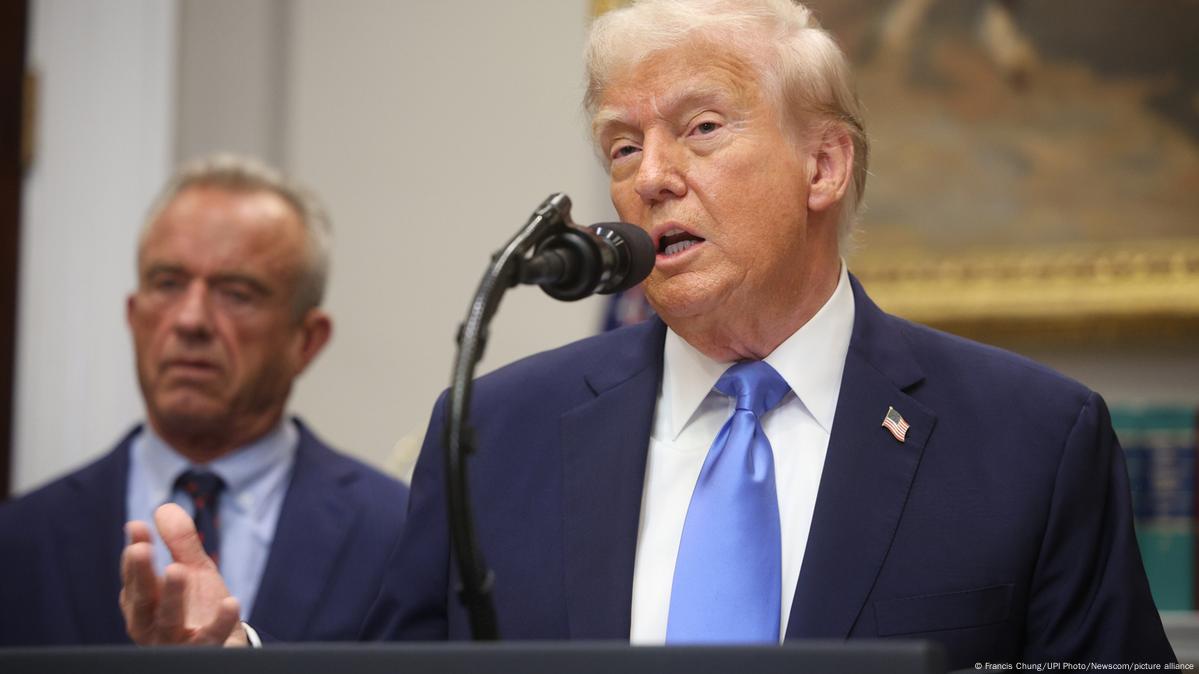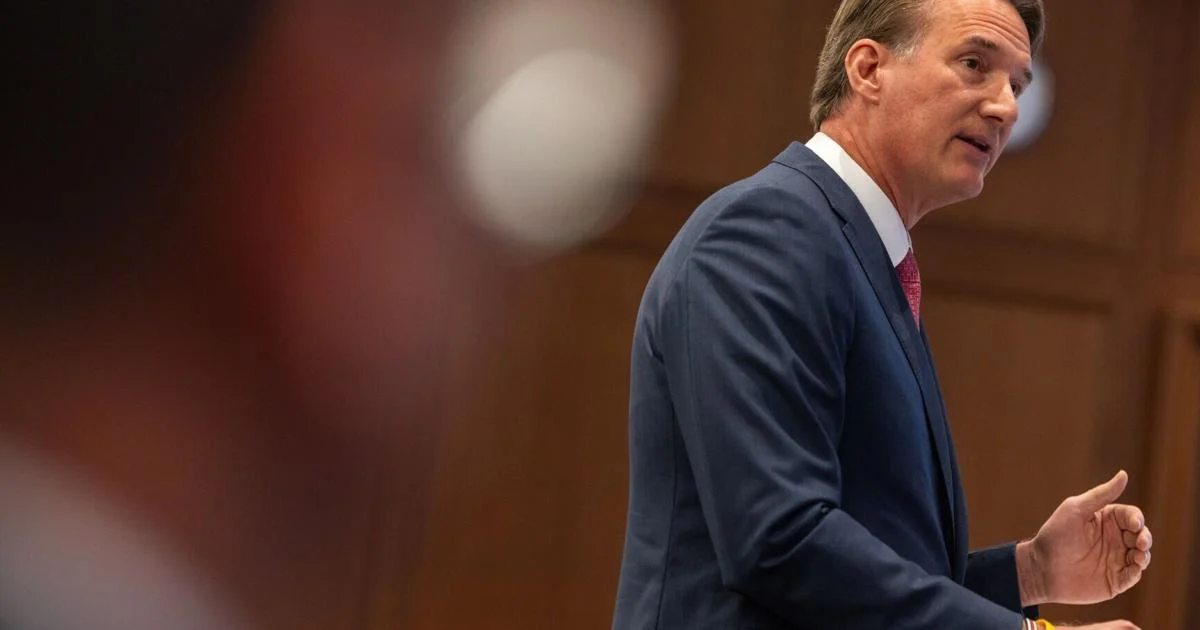By Shilpa Elizabeth
Copyright thehindu

At the general hospital in Yelahanka in Bengaluru, a small group is waiting in front of the counsellor’s room. From inside, the voices of two individuals can be heard — one posing questions and the other answering them.
Have you done the surgery?
Has your family accepted you?
Do you think begging and sex work should be recognised as professions?
Is you monthly income lesser or greater than ₹1 lakh, ₹3 lakh or ₹ lakh?
Less than ₹1 lakh.
Around 120 questions and 45 minutes later, Sangeeta (name changed), draped in a crisp white Voile saree sporting tiny yellow flowers, emerged from the room in an elegant gait. A mangalamukhi, she just enrolled herself in the Karnataka government’s survey for gender minorities, claimed to be the first of its kind in India.
“It’s been 23 years since I moved to Bengaluru. I was married to a very abusive person,” Sangeeta extends her forearm as she narrates her story. It carries bruises and burn marks that refuse to fade entirely.
“I ended the marriage and now stay by myself in a rented house in Dasarahalli, where I pay a rent of ₹10,000 a month. It’s not easy in the absence of a steady income. The survey is a good initiative. I hope they come up with some housing schemes for people like us after the survey,” says the Hosur native.
The Karnataka government’s survey for gender minorities, which commenced on September 15 across all 31 districts, has given hope to a large community that has been pushed to the shadows for long. In the next 40-odd days, trained enumerators from the community will gather data on transgender and intersex people in an effort to build a clearer picture of their lives, with the aim of shaping policies tailored to their needs.
A unique issue
The gender minorities in Karnataka comprise intersex people and various transgender subcommunities such as Jogappas, Jogammas, Hijras, jogtas, kothis, shivshakthis and Aravanis. The State has a transgender policy and has rolled out schemes such as the Mythri pension scheme and 1% reservation in government jobs.
Official sources suggest that around 36,000 individuals avail themselves of the Mythri pension schemes. The number of applications under the 1% reservation scheme is, however, yet to pick up. The absence of accurate data on the community has prevented the benefits from reaching several members, many of whom don’t even possess the necessary documentation.
The 2011 Census recorded 34,283 gender minorities in the State. Prior to the 2023 election, the Chief Electoral Officer pegged the number at 42,756 transgender individuals in the State eligible to vote. Activists, on the other hand, believe that even this is an undercount. In the absence of precise numbers and accurate information, a comprehensive survey has been long-pending.
“This survey is the result of 25 years of struggle and we are finally getting some visibility,” says Rakshita M, a gender and sexual minorities rights activist who works with the NGO Ondede.
Sana Suman, a member of the State committee overseeing the survey and founder of Swatantra, a non-profit that works for the transgender people’s right to education, points out that the transgender community currently comes under the Women and Child Development Department. “But women’s issues or children’s issues are different from the issues faced by transgender individuals. The survey will allow to understand these issues in depth and formulate schemes that suit the community.”
Consultative in nature
While there have been attempts to hold similar surveys previously too, they did not find support from the community leaders as they were not consultative in nature, recalls Shubha Chacko, founder of Solidarity Foundation, an NGO which supports sex workers and gender and sexual minorities.
“This time, the survey has been framed by taking inputs from the community leaders and members, and it seems to be more comprehensive in nature,” she says.
It was in March 2023 that Halappa Achar, then Minister for Women and Child Development, announced plans to conduct a survey to enumerate the number of transgender people in the State. Pilot surveys were conducted in Mysuru and Vijayapura.
“The Vijayapura and Mysuru surveys energised the current survey,” says Mahesh Babu, Managing Director at Karnataka State Women’s Development Corporation, the nodal agency for implementing the survey. A State committee was formed and the survey questionnaire was shaped with inputs from experts and community members.
The committee has representatives from multiple departments, apart from five community leaders from various regions of the State and one individual representing trans-men. Enumerators have been selected from the communities and trained to conduct the survey. A sum of ₹2.8 crore has been allocated for the survey.
“Each enumerator is paid ₹400 per day and ₹75 for every survey they conduct. They were chosen from the community itself, as they have a good rapport with the participants. The survey is held using an app developed by EDCS, and tablets in which the app is installed have been handed over to the enumerators,” explains Mr. Babu.
Comprehensive understanding
The app has been designed to collect comprehensive data about the individuals covering the familial, educational, professional, health-related and socio-economic aspects of the participants.
Some of the questions asked include whether the individual lives in a rented or own house, in a slum or a more developed area, and whether they are based in a city or a village. They also cover access to facilities, such as having a private toilet or a shared one, and ownership of items like a TV, fridge, two-wheeler, four-wheeler, or land. Other questions explore how often the person has had to move between rented houses and how easy it is to find housing.
“These kinds of questions help to develop a comprehensive understanding of the community and their living and working conditions,” says Ms. Suman.
Low numbers in Bengaluru
The exercise, however, has not been without a few challenges. The initial days of the survey witnessed glitches in the app and network issues, which added to the confusion of a few enumerators. These, nevertheless, were fixed quickly.
According to official sources, so far, close to 6,000 people across Karnataka have enrolled in the survey. The turnout in Bengaluru, however, has been on the lower side. According to sources, so far, only about 170 registrations have been recorded in Bengaluru, a fraction of the city’s estimated 15,000 transgender population.
One reason cited for the low numbers in Bengaluru was the initial location of the survey, which were government hospitals.
Initial unfounded rumours that the participants would be stripped and subjected to physical examination at the hospitals prevented people from turning up for the survey. Many also found a trip to the hospital and the 45-minute-long survey time-consuming and an obstruction to their daily income.
“The community lives and works in clusters. The details could have been collected by meeting us at such clusters,” says Monica T.G., a community member and activist.
Quick action
The government, however, has been quick to act on it. Following a review meeting held on September 21, it was decided that in localities where people were reluctant to go to hospitals, the survey would also be held in the offices of the DWCD (Directorate of Women and Child Development) Deputy Directors at the district level, the offices of Child Development Project Officer at the taluk level and the nearest government offices in areas where a large number of gender minority communities reside.
A door-to-door survey, however, would be difficult, says Mr. Babu. “It is not easy to go door-to-door in clusters that are divided based on caste, community, language, gender and so on. A lot of dynamics could come into play and influence the data. It is also not practical in terms of operational costs. Government centres were chosen as they provide a neutral platform and confidentiality, and allow the survey to be conducted transparently,” he explains.
Concerns about duration
Another issue flagged is the short survey period. Many feel that 45 working days is too short a time and suggest that the government step up the publicity efforts or extend the duration. According to sources, daily attendance at Bengaluru hospitals remains well below the target required to cover the population in 45 days, averaging only three to four people a day.
“In the first two days, we couldn’t do much due to technical issues. On the third day, we saw about 17 registrations. But altogether in 3 to 4 days, we could enrol only 25 people. It is a long survey and takes about one hour per person. Now only 30-odd days remain, and to cover 15,000 people in that time is a huge ask,” says an enumerator who feels a buffer period of five days for orienting the enumerators and sorting out the teething issues, would have been ideal.
“I’m still hopeful, but a little worried,” she reveals. “New schemes, development initiatives and commissions are all based on numbers. If we fail to show numbers, our ability to ask for a separate department and schemes will be diminished. The whole exercise will backfire.”
Being optimistic, expanding scope
Mr. Babu acknowledges the concerns and points out that the corporation is holding regular review meetings and inspections to take stock of the situation. He is hopeful that with changes made to the survey locations, in Bengaluru too, similar to other districts, more people will walk in in the coming days.
While suggesting that the government must step up awareness efforts, activists also acknowledge that members of the community need to recognise the value of the survey themselves.
In the long term, the department is planning to encourage more research on the data collected through the survey.
“I have already reached out to 40 university vice-chancellors across Karnataka to send their students, research scholars, academicians and faculty to get involved in the process, give feedback and do more research with the data available,” remarks Mr. Babu.
“If more scientific research happens on this, it will help bring attention to this on an international level, and our people will be the beneficiaries. The community might benefit from more CSR activity.”
A good start
The activists and community members also seem to be optimistic. Many feel it is a promising first step toward change and a long overdue one.
“It’s not easy, but it’s a good effort. We can’t wait for perfection, and we have to understand that in big surveys, nuances will be lost. They can add some qualitative data later, but it’s important to get the quantitative data from the government because otherwise we have only anecdotal numbers and no other evidence,” says Ms. Chacko.
“The community members are also trying to get everyone to register, convincing them it’s a simple process and not intrusive. So, I think, it has started rolling.”



